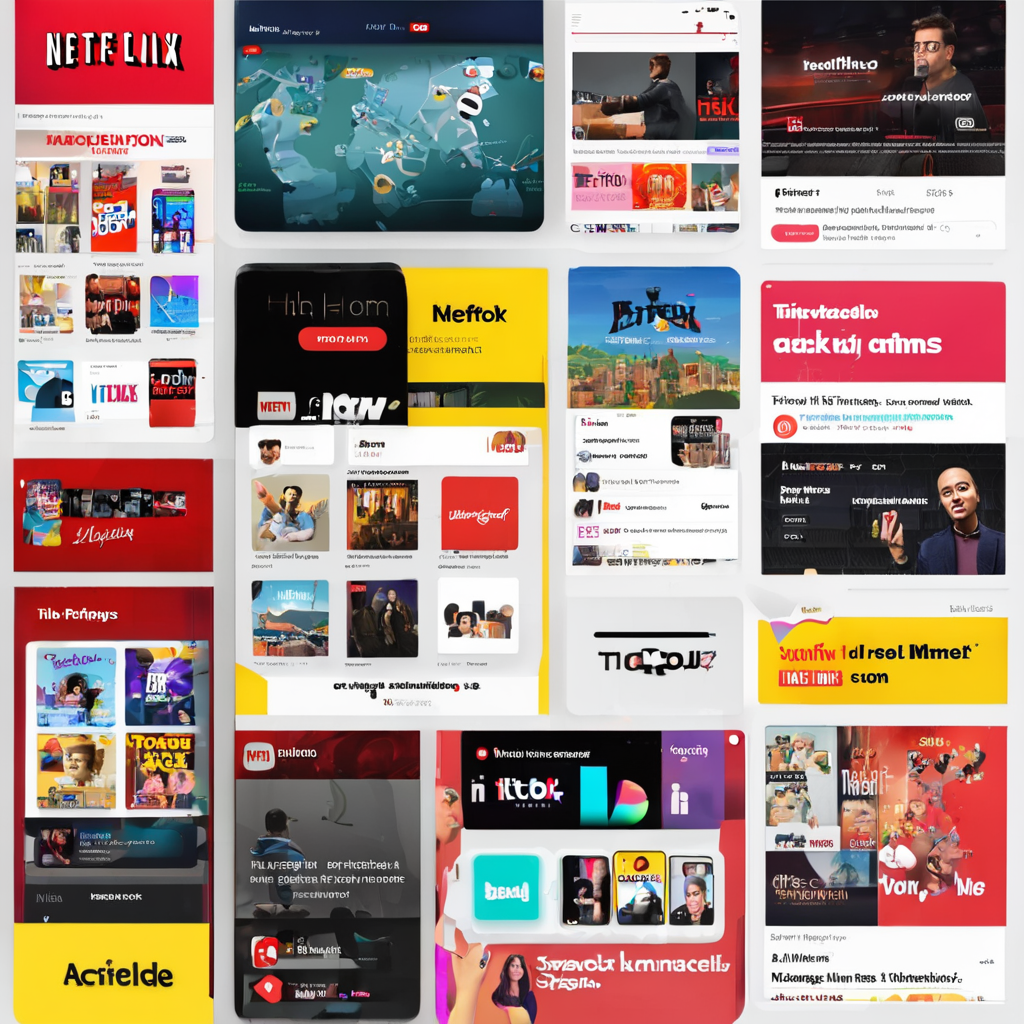Recommendation algorithms have become an integral part of our daily online experience, shaping the content we consume on platforms like Netflix, TikTok, and YouTube. These algorithms are designed to analyze our preferences, behaviors, and interactions to suggest personalized recommendations tailored to our interests. In this article, we will delve into how recommendation algorithms work on these popular platforms and the impact they have on our viewing and browsing habits.
Netflix, known for its vast library of movies and TV shows, utilizes a sophisticated recommendation algorithm to help users discover new content based on their viewing history and preferences. The algorithm takes into account factors such as genre preferences, viewing habits, ratings given to previous titles, and even the time of day a user watches content. By analyzing this data, Netflix can offer personalized recommendations that are more likely to resonate with individual users.
TikTok, the popular short-form video platform, also relies heavily on recommendation algorithms to curate the endless stream of content for its users. The algorithm on TikTok analyzes user interactions with videos, such as likes, comments, shares, and watch time, to determine their preferences. By understanding what types of content users engage with the most, TikTok can tailor the For You page to showcase videos that are likely to capture the user’s interest.
YouTube, the largest video-sharing platform globally, leverages recommendation algorithms to suggest videos to users based on their viewing history, search queries, and interactions with the platform. The algorithm takes into account factors like video watch time, engagement metrics, and user feedback to recommend videos that align with the user’s interests. This personalized approach helps users discover new content that they are likely to enjoy, keeping them engaged on the platform for longer periods.
One key aspect of recommendation algorithms is the use of collaborative filtering, a technique that analyzes user behavior and preferences to make predictions about what other users might like. This method is commonly used on platforms like Netflix, where the algorithm compares a user’s viewing habits with those of similar users to generate recommendations. By identifying patterns and similarities among users, collaborative filtering can offer accurate and relevant suggestions to enhance the user experience.
Another important component of recommendation algorithms is content-based filtering, which focuses on the attributes of the content itself to make recommendations. This approach is often used in conjunction with collaborative filtering to provide a more comprehensive recommendation system. Platforms like YouTube may analyze the metadata of videos, such as titles, descriptions, and tags, to understand the content better and recommend relevant videos to users based on their preferences.
In addition to collaborative and content-based filtering, machine learning plays a crucial role in powering recommendation algorithms on platforms like Netflix, TikTok, and YouTube. Machine learning algorithms analyze vast amounts of data to identify patterns, trends, and user preferences, enabling the platforms to continuously improve their recommendation systems. By learning from user interactions and feedback, these algorithms can adapt and refine their recommendations over time to provide more accurate and personalized suggestions.
Despite the benefits of recommendation algorithms in enhancing user experience and content discovery, there are concerns regarding privacy and data usage. Critics argue that these algorithms may lead to filter bubbles, where users are only exposed to content that aligns with their existing preferences, limiting exposure to diverse perspectives. Additionally, there are concerns about data privacy and the collection of user data to power these algorithms, raising questions about transparency and user control over their information.
To address these concerns, platforms like Netflix, TikTok, and YouTube have taken steps to provide users with more transparency and control over their data and recommendations. Users can adjust their preferences, clear their watch history, and even opt-out of personalized recommendations to maintain their privacy. By giving users more control and visibility into how recommendation algorithms work, these platforms aim to build trust and empower users to make informed choices about their online experience.
In conclusion, recommendation algorithms have become essential tools for platforms like Netflix, TikTok, and YouTube to personalize content recommendations and enhance user engagement. By analyzing user behavior, preferences, and content attributes, these algorithms can deliver tailored suggestions that cater to individual interests. While there are concerns about privacy and data usage, platforms are working to address these issues and provide users with more control over their online experience. As recommendation algorithms continue to evolve, they will play an increasingly significant role in shaping how we discover and consume content in the digital age.
